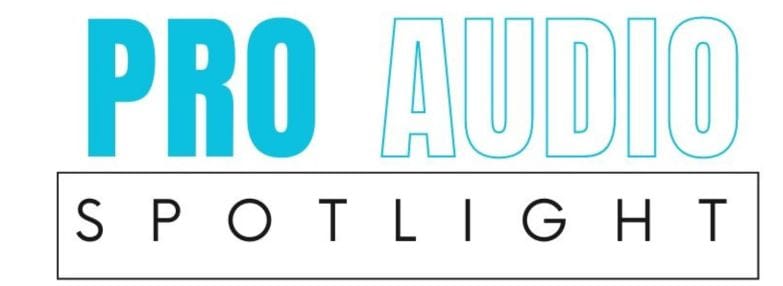The Case for Audio Upside

By Sean Wargo
When it comes to AV solutions, the darling of the show are often the displays, given their front-and-center position and a communicator of visual information. Perhaps less glamorously noticed are the audio components, tactfully tucked away to gracefully fulfill their purpose. Investment emphasis can follow similar suit, with the visual elements receiving an outsized percentage. Industry data bears this out to some degree, with video display technology capturing 16 percent of pro AV spending, including projectors. Audio, by comparison, captures a more modest six percent.
To be fair, there are some understandable reasons for this. Perhaps the most noted among them is the associated refresh cycle for each product category. Arguably the rate of advancement is faster in display technology and length of life is shorter when compared to a speaker or other core audio component. Thus, a facility will often need or want to replace a display sooner. Add to this the expanding use case for a display that can ultimately lead to proliferation within a particular environment, and you have a strong volume story.
It makes sense as justification for the relative differences in investment levels. And yet, there are several trends developing that suggest this may all be about to change.
Primarily, data continues to show that audio quality is necessary across many solution types. Past surveys of event audiences performed by AVIXA even before the pandemic showed that audio quality has the highest correlation with overall satisfaction with the event. More recently, conferencing and collaboration research reveals that being able to fully hear and understand attendees during a meeting is crucial to the meeting success, more so than even being able to see them. So, whether an on-stage performance or a more mundane hybrid meeting, audio must be considered and appropriately addressed.
Fortunately, quarterly surveys of end user demand conducted by AVIXA do show that audio is often at the top of the list of product areas targeted for increasing investment over the coming quarters. Only software shows a higher percentage of emphasis. Perhaps more surprising, the markets where audio shows the most attention are not necessarily entertainment venues. Instead manufacturing, healthcare, government, and corporate all indicate this focus on audio. In each case, conferencing and collaboration solutions are fundamental, from large boardrooms down to huddle spaces, highlighting audio’s role here.
A big driver of this is networked audio. Though available for a while now, more widely adopted standards, like Dante, are increasing adoption. Plus, IT departments are ever more likely to be involved in managing AV related technology and so place emphasis on network connectivity for devices, whether speakers, microphones, or some other in-room option.
Networking is also a facilitator of another driving trend – immersive audio. With more delivery devices on the network, a venue can present content to audiences in even more engaging ways, including personalization. This is a new frontier for the audio category pushed by themed attractions and cinemas trying to push things to the next level. Museums, auditoriums, music halls, stadiums, retail, and even houses of worship are other possibility venues for the same. The goal is of course, increased attendance as each of these seeks to lure in a consumer who has grown increasingly used to just staying at home.
So how is all of this playing out in terms of actual forecasts for growth in spending in the audio categories? It’s a mixed bag and even the latest estimates may not fully account for the opportunities ahead. AVIXA’s Industry Outlook and Trends Analysis (IOTA) estimates revenues from audio hardware will grow at a weighted average of three percent over the next five years, compared with over five percent for the entire pro AV market. One has to dig a bit below the surface to see the better opportunities, however, since a transition away from audio conferencing systems is partially pulling down the growth. For example, speakers purchased by venues are expected to grow at a faster rate than the industry average. It’s the same for headphones and headsets in the same market. One could argue that more growth is also possible if consumer spending holds over the next few years in a scenario in which a recession does not occur or is minor. Here’s hoping for that as we look ahead! Certainly, the fundamentals of innovative technology and strong use case are aligning well to provide upside for the audio market.
Sean Wargo leads AVIXA's initiative to become an authoritative provider of insights and research for the pro AV industry. In this role, he manages, directs, and serves as a public face for AVIXA's research efforts while exploring new areas of study. With over 20 years of experience in the technology research sector, Sean has made a career of maximizing research in a variety of roles, including leading a primary research business, centralizing a business intelligence practice, building an industry analysis department, performing advanced statistical analysis, and speaking and writing about research findings.
He can be reached at swargo@avixa.org.
